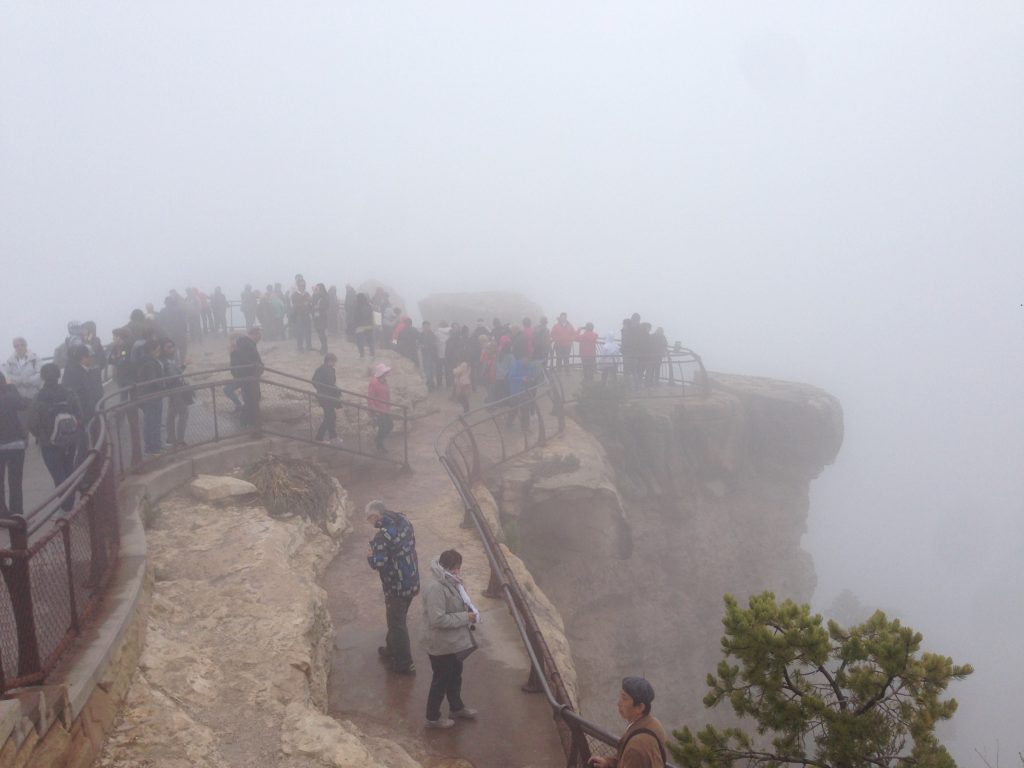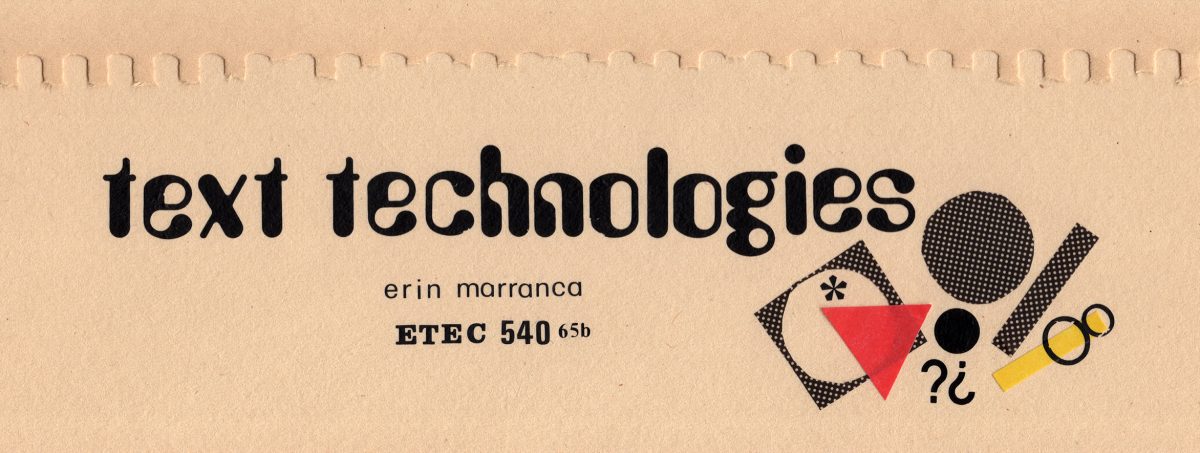
Voice to Text:
So I’m going to talk about me to tell you the story about our honeymoon couple of the events of our honeymoon so you know we had a plan to go on a road trip and the desert and we landed in Phoenix and it was it was only me but it was already really hot and the day it wasn’t hot but at night I guess it wasn’t that hot at night it got cold at night but in the morning I remember there was that outdoor shower and I had a shower and I would dry off like immediately so anyway we were in Phoenix for a couple days and we decided to drive up to Flagstaff and like an hour and Tara Drive I had a memory of this place in the desert I had no idea where I was I didn’t know what state it was and I looked it up and we were at 15 minutes away and it was called Arcosanti and Arcosanti is this failed Utopia, by this architect Paolo soleri and you know it’s partially built but nowhere near what it was going to be and so we drove we figured out on the maps how to get there and it was this long windy desert road are you eventually ended up at Arco Santee and which was weird because he didn’t really see it coming exactly but it seems very flat and like nothing was happening and you should have been able to see it in the distance but we didn’t it must have been kind of somewhat hidden and yeah it was beautiful just pain creates modern like it looks like a failed Utopia it was beautiful but things are cracking and it was incomplete it was like brutalist sculpture yeah it’s beautiful us we spend some time there and then we went up to Flagstaff and whenever one of the key things he wanted to do on honeymoon was go to the Grand Canyon but swedish we decide we drove to they get cranky and we when we got there it was like a cold rainy day and it was so foggy in the Grand Canyon that we couldn’t see anything you couldn’t tell you had no idea what was in front of you you stood up against the railing and there was just nothing but there was something kind of beautiful about going to see one of the wonders of the natural world and not being able to see it even though it was directly in front of you.
*Translational errors are bolded.
Analysis:
How does the text deviate from conventions of written English?
The text is written as one very long, almost illegible sentence. Some words were not translated correctly which accounts for part of the illegibility, but the lack of grammar and proper sentence structure also adds to the confusion. When speaking, so much of what is being communicated comes from intonation, cadence, body language, facial expressions and verbal emphasis. With written text we use commas and sentence structure to relay dimension, and to communicate how we would speak the written words. I always spend time ensuring my commas are properly situated, shortening a sentence or considering the use of a colon or semicolon, and italicizing words that require special emphasis. However, with written language, it’s important to remember the amount of time we have to carefully craft our words: they aren’t just our thoughts, but our thoughts that we have mulled over, re-written and perfected.
For example, when I decide to speak in a group setting, such as a work meeting, or in a classroom, I often make people laugh, but I am not telling jokes – I’m rarely quick-witted enough to verbalize a joke to a room full of people. Yet there’s something about the way I am talking that embeds a depth of meeting in my words that somehow translates as funny, it’s my emphasis, it’s my tone, and it’s very much my timing and facial expressions. All these actions are intentional, but those same words in written text would likely fall flat.
The dynamic nature of oral communication reminds me of a book I own by designer and illustrator Bruno Munari (1963, p. 44) called Supplemento al dizionario italiano (or in English, Supplement to the italian dictionary). The book displays various common Italian hand gestures and an explanation of their meanings. I like to think my expressive in-person demeanour derives from the Italian side of my ancestry.


What is “wrong” in the text? What is “right”?
There were some incorrect translations. I wish I could point out more in an attempt to divert attention away from how poorly I tell stories, but there were only 7 noticeable translation errors:
-
-
-
- me to = I mean
- and = in
- me = May
- hour and Tara Drive = hour and a half drive
- Arco Santee = Arcosanti
- whenever = one of our
- swedish we decide we drove to they get cranky and = so we decided to drive to the Grand Canyon and
-
-
- Also included in the text, is me trying to remember the facts of the story, yet working it out right there in the moment, forcing me to correct my mistakes:
but it was already really hot and the day it wasn’t hot but at night I guess it wasn’t that hot at night it got cold at night but in the morning I remember there was that outdoor shower and I had a shower and I would dry off like immediately
In reality, it was quite hot in the day and relatively cool at night. As I was telling the story I started to say it wasn’t that hot in the day, but then I remembered how hot we were walking around Phoenix, and doubled-back on that statement by providing evidence, explaining that when I took a shower “I would dry off like immediately” because of the heat, and immense dryness of the dessert, which I didn’t bother to explain in further detail, and instead did a motion with my hands to explain it was the sun and the environment causing the drying.
There are numerous other wrong aspects of the voice to text translation, but my overuse of the single adjective, ‘beautiful’ is evident. As I was telling the story I was trying to relay how poetic it was to come across this desolate crumbling brutalist dystopia situated in the stark Arizona desert, and also that there was something profound about visiting the Grand Canyon, leaning on the railing and not being able to see it because of the fog. When speaking, I didn’t take time to think of an array of appropriate adjectives, I simply repeated ‘beautiful’. Yes, I believe one could tell by my facial expression and tone that I meant ‘beautiful’ in many ways, one way that presented ironically, another that emphasized the word enough to reach beyond its surface meaning.
In what ways does oral storytelling differ from written storytelling?
There is a physicality in oral storytelling that cannot exist in the written text. We use grammar, wording and symbols in writing to try to communicate the richness embedded in the spoken language, but still our intentions become skewed. There is so much that we relay in the subtext of our words: in our facial expressions, our eyes, our tone and inflection – the rhythm of our speech and the movement of our bodies.
I appreciate text, but its purpose serves as more (or less) than direct communication, it is a record of our thought that we can craft and hone, and conserve as a memento of its time. Even if the text is not consciously laboured-over or refined, it is still at least twice removed from a place of pure thought, which means it is more susceptible to the loss or misinterpretation of meaning. It is ironic that the technology of writing allows one to perfect a record, but the act of perfecting renders it vulnerable to further separation from its original source.
Reference List
Munari, B. (1963). Supplemento al dizionario italiano. Muggiani.
